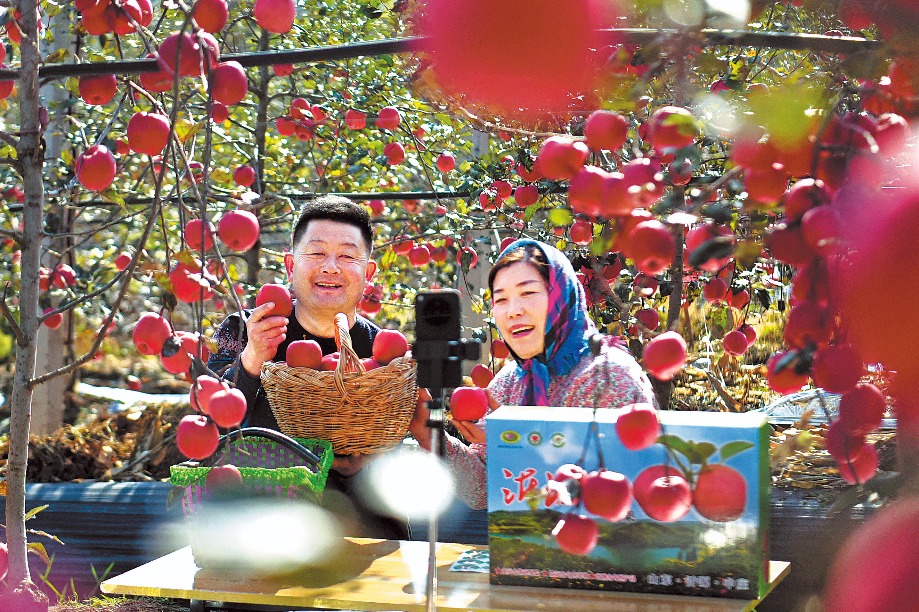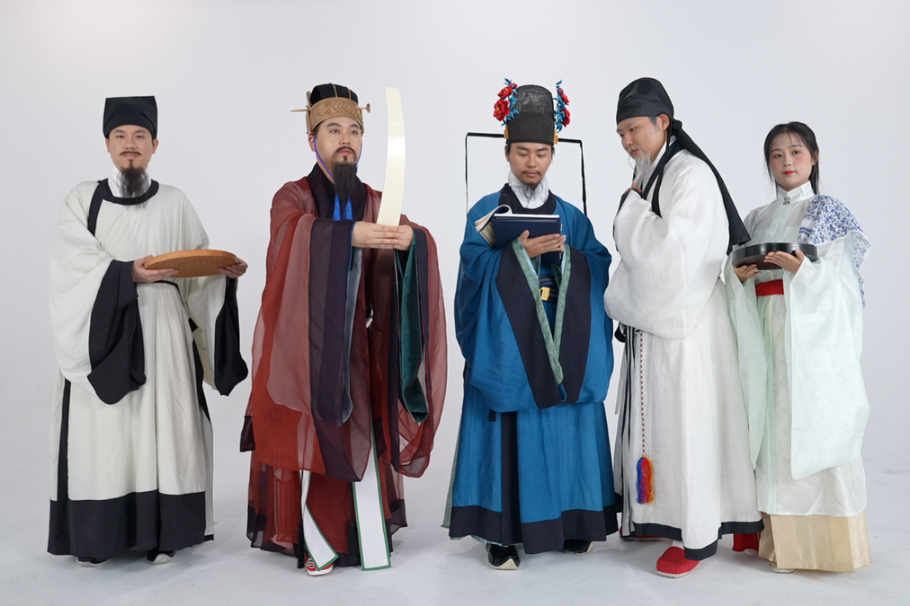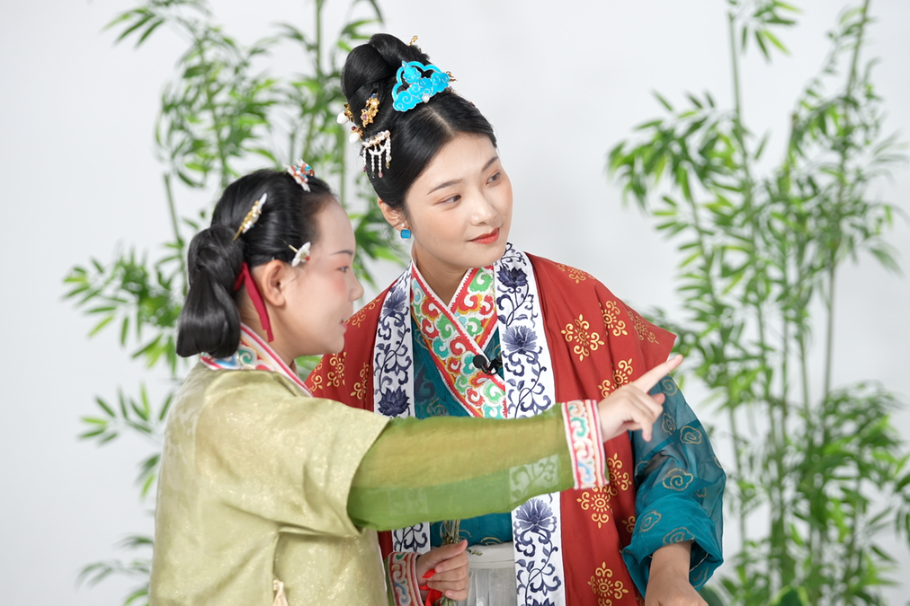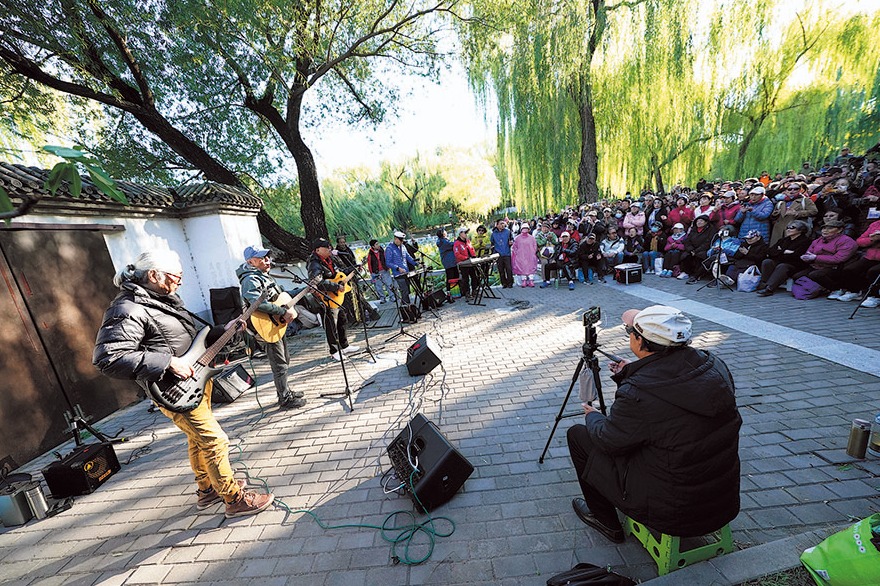Tabletop traditions

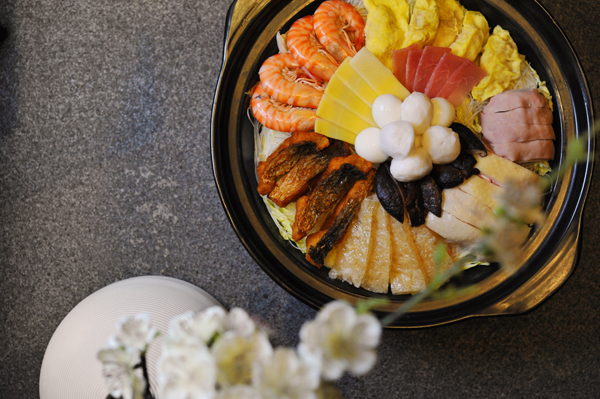
Cantonese cuisine
Hong Kong chef Benson Fok has been working in kitchens for more than four decades. He previously worked for hotels and restaurants in such Asian countries as Indonesia, Singapore and the Philippines.
He was appointed as executive chef of Ming Court restaurant in Beijing at the end of last year.
And he's bringing one of Cantonese cuisine's most traditional dishes, poon choi, to Beijing's Spring Festival celebrations.
Poon choi is believed to date to the Song Dynasty (960-1279). It's said to originate in the walled villages of Hong Kong's New Territories.
The ingredients usually include pork, beef, lamb, chicken, duck, abalone, ginseng, fish maw, prawns, crabs, dried mushrooms, squid, dried eel, dried shrimp and pigskin.
"The ingredients of poon choi are becoming more plentiful every year," Fok says.
"When it started in the walled villages, people had limited access to fresh ingredients. But now we only use premium ingredients."
The dish traditionally took three days to prepare. The first day was spent collecting firewood in the mountains. The second was spent preparing fresh ingredients. On the third day, people would first cook the ingredients separately and then stew them together.
Fok takes more than a week to make his version, which uses at least 18 ingredients.
"Each ingredient has a separate cooking method and takes a different amount of time to prepare. For instance, dried abalone must be soaked for a week, and shrimp has to be pan-fried before it's stewed."
The ingredients are placed in the basin layer by layer. Those that can withstand intense boiling, such as radishes and lotus roots, are placed on the bottom. And the bamboo shoots and taro are added before the meat.
"The more valuable the ingredient is, the higher the layer it occupies," Fok says.
The dish also has to be tasted layer by layer, without mixing the ingredients, from the meat at the top down to the vegetables at the bottom.
"The best part of poon choi," Fok says, "is the atmosphere of the whole family gathered around the pot to eat it.



















